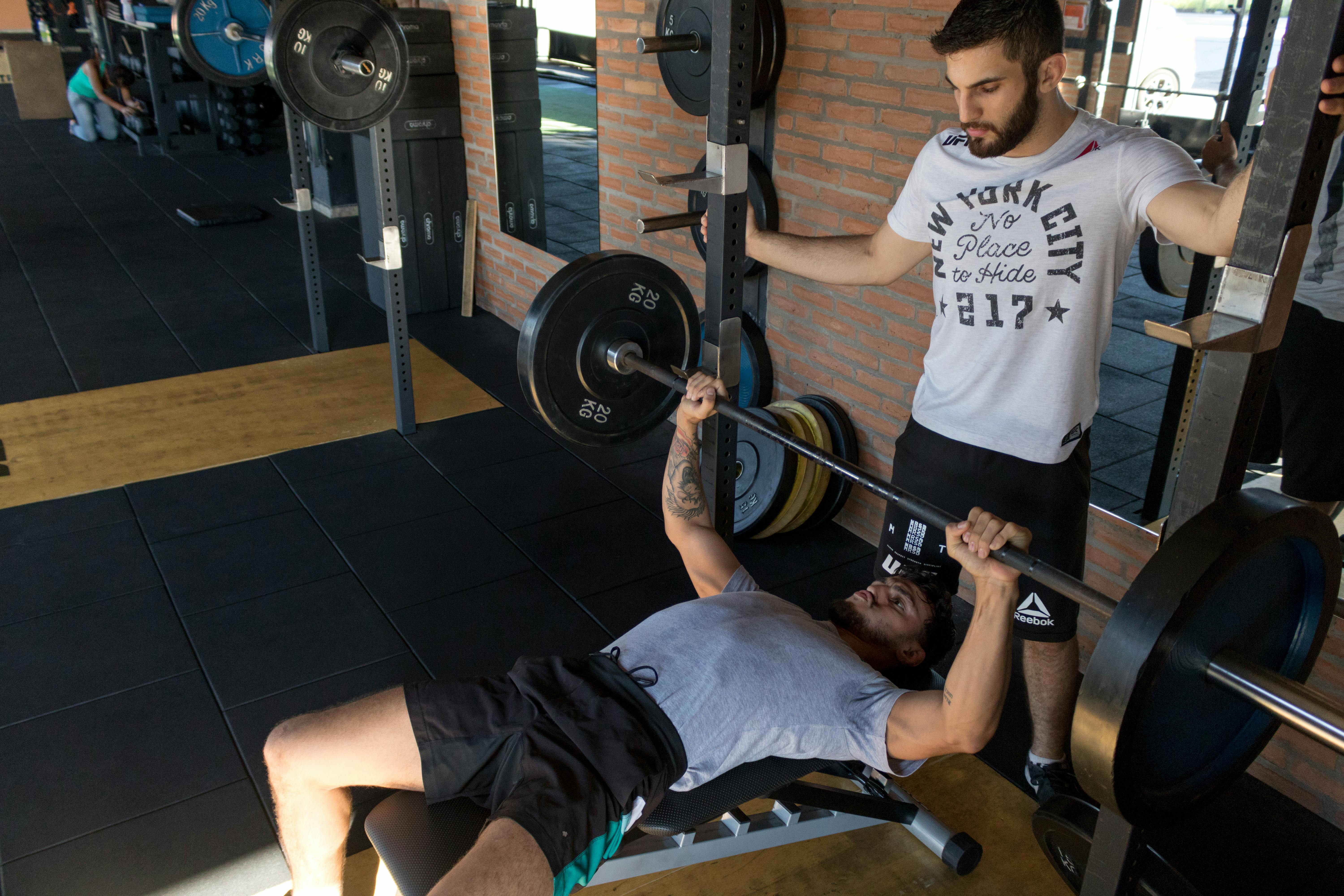Effective Strategies for Building Muscle Mass in 2025: Discover Proven Techniques
The journey to enhancing muscle mass has evolved significantly over the years, particularly as we enter 2025. For fitness enthusiasts and beginners alike, understanding the foundational principles of muscle building is crucial. This article delves into effective strategies that not only promote muscle hypertrophy but also optimize your overall fitness journey. With a focus on various training methods and nutritional guidance, we aim to equip you with the tools necessary for success.
Benefits of increasing muscle mass extend beyond physical appearance. Strong muscles enhance body posture, improve metabolism, and contribute to better overall health. Moreover, strength training can prevent injuries and boost confidence in sports and daily activities. Thus, the following sections will provide a detailed roadmap filled with practical tips to aid in your muscle growth journey.
Stay tuned as we explore key training methods, nutrition tips, and effective exercises designed for all fitness levels, ensuring that you can achieve your fitness goals and improve your training motivation.

Essential Techniques for Muscle Building
Understanding Muscle Hypertrophy
Muscle hypertrophy refers to the increase in muscle size, a primary goal for many fitness enthusiasts. This biological process occurs when muscle fibers endure more stress than they are accustomed to, leading to microscopic tears that repair and grow stronger during recovery. To facilitate hypertrophy, it’s essential to engage in resistance training that targets various muscle groups effectively.
The Role of Nutrition in Muscle Development
Nutrition plays a pivotal role in muscle development. Consuming the right balance of macronutrients, particularly protein, is crucial for muscle repair and growth. Aim for protein-rich foods such as lean meats, dairy, and plant-based proteins post-workout to maximize muscle recovery. Additionally, include carbohydrates for energy and healthy fats for overall health. Implementing a balanced diet contributes significantly to achieving desired muscle gains.
Innovative Training Methods
Incorporating different training methods can keep your workouts fresh and exciting while effectively stimulating muscle growth. Techniques such as progressive overload, supersets, and compound exercises are effective in challenging your muscles and promoting strength. Progressive overload involves gradually increasing your weights or resistance, ensuring continuous adaptation and growth.
Key Exercises for Targeting Muscle Groups
Fundamental Resistance Training Exercises
Resistance training is foundational for building muscle mass. Focus on compound movements like squats, deadlifts, and bench presses, which engage multiple muscle groups and promote a balanced physique. These exercises not only enhance muscle strength but also improve overall stability and coordination.
Utilizing Fitness Equipment
Utilizing the right fitness equipment can enhance your training effectiveness. Equipment such as dumbbells, resistance bands, and multi-functional machines offer versatility in workouts and allow for targeted muscle engagement. For instance, incorporating a gym-based exercise like the lat pulldown can significantly strengthen the back and shoulder muscles.
Exercises for Core Strength and Stability
Core strength is vital for muscle stability and overall performance. Including exercises like planks, Russian twists, and leg raises can ensure a well-rounded fitness regimen. A strong core not only supports your other strength exercises but also improves body mechanics and posture, which is essential for maintaining a long-term fitness routine.
Nutrition Strategies for Muscle Gain
Importance of Protein Intake
Protein intake is crucial for muscle growth and recovery. Aim for a daily intake of about 1.6 to 2.2 grams of protein per kilogram of body weight. Sources such as chicken, fish, beans, and legumes are excellent choices. Consuming a protein-rich snack or meal after workouts can further aid in recovery and muscle development.
Timing and Meal Planning
Meal timing can also impact your muscle-building efforts. Ensuring you have a protein-rich meal or snack before and after workouts can optimize recovery and growth. Planning your meals throughout the day to include lean protein, complex carbohydrates, and healthy fats will give your body the nutrients it needs to repair and build muscle effectively.
Utilizing Supplements Wisely
While whole foods are the priority, certain supplements can support muscle building. Creatine and branched-chain amino acids (BCAAs) can be effective in promoting strength and muscle recovery. However, consult with a healthcare professional to determine the best approach tailored to your individual needs and fitness goals.

Motivation and Performance Tracking
Setting Realistic Training Goals
Establishing clear and realistic training goals is vital for maintaining motivation. Utilize the SMART criteria—Specific, Measurable, Achievable, Relevant, and Time-bound—to create objectives that will guide your training efforts. This approach fosters consistent progress tracking and gives insight into areas for improvement.
Monitoring Your Progress
Tracking fitness progress can enhance motivation and provide insight into your training effectiveness. Regularly note weight lifts, measurements, and body composition changes. Consider the use of fitness apps or journals to log details, keeping you accountable and motivated on your muscle-building journey.
Staying Motivated Through Challenges
Every fitness journey has its ups and downs. It’s crucial to develop strategies to maintain motivation, especially during challenging periods. Engage with a fitness community, consider working with a personal trainer, or join group fitness classes to gain support and encouragement along the way.
Advanced Techniques for Muscle Growth
Incorporating Functional Training
Functional training focuses on movements that mimic real-life activities, enhancing strength, flexibility, and coordination. Integrating exercises like kettlebell swings and battle ropes into your routine can significantly improve your functional strength and athletic performance.
Implementing High-Intensity Interval Training (HIIT)
HIIT is an effective method for burning fat while preserving muscle mass. By alternating between short bursts of intense exercise with resting or low-intensity periods, HIIT can lead to significant improvements in muscle definition and overall fitness performance. Consider incorporating HIIT sessions 1-2 times a week alongside your resistance training.
Understanding Recovery and Rest
Recovery is just as crucial as the training itself for muscle growth. Proper rest allows muscles to heal and strengthens them for future workouts. Ensure adequate sleep, hydrate well, and listen to your body to prevent overtraining and promote efficient recovery.
Conclusion
Enhancing muscle mass in 2025 requires a strategic combination of effective training techniques, nutrition, and motivation. By focusing on the key components outlined in this article, you can design a comprehensive training program tailored to your needs. Achieving your fitness goals is within reach—stay committed, utilize the resources available, and remember that progression is a continuous journey.
Q&A Section
What are the best exercises for muscle building?
The best exercises for muscle building include compound movements like squats, deadlifts, and bench presses. These exercises engage multiple muscle groups and promote a balanced physique.
How often should I train each muscle group for optimal growth?
For optimal muscle growth, train each muscle group at least twice a week. Allowing 48 hours of recovery between sessions can also enhance muscle recovery and growth.
What is the impact of nutrition on muscle growth?
Nutrition is crucial for muscle growth. Consuming adequate protein, carbohydrates, and healthy fats provides the necessary fuel and building blocks for muscle repair and development.
How can I prevent injuries during strength training?
Prevent injuries during strength training by ensuring proper form, warming up adequately, and progressively increasing intensity. Listening to your body and giving yourself time to recover are also essential.
